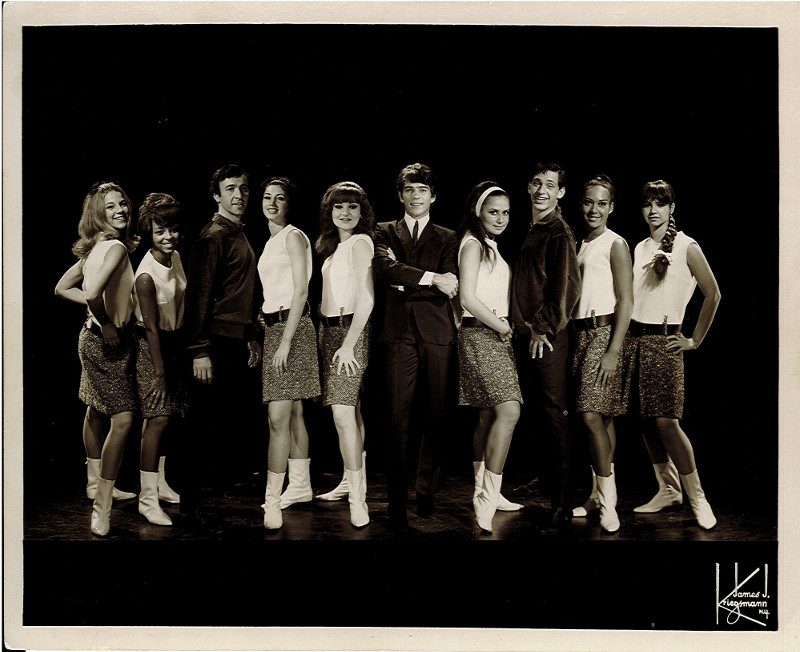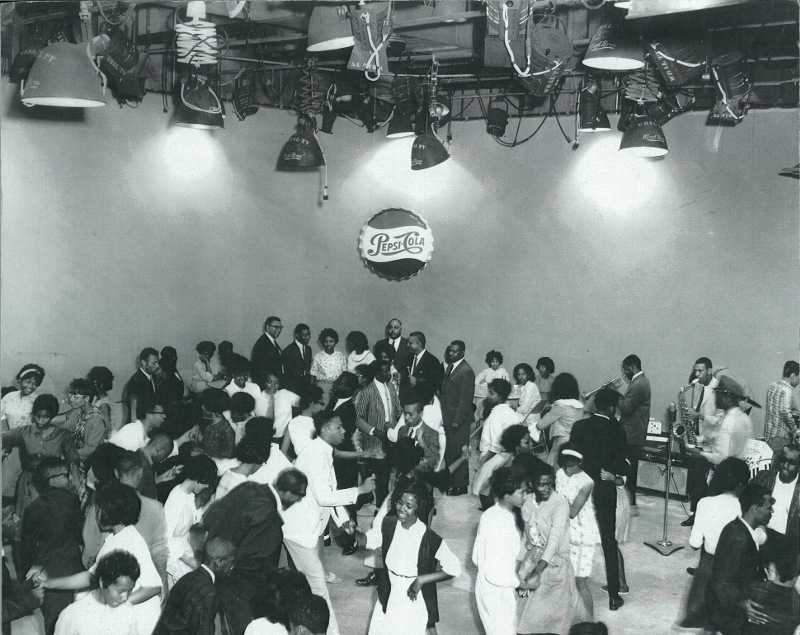
Ed. note: artsmeme is delighted to share with readers the third of three excerpts from author Julie Malnig’s Dancing Black, Dancing White: Rock ‘n’ Roll, Race, and Youth Culture of the 1950s and 1960s (Oxford University Press, May 2023) explores the highly popular phenomenon of televised teen dance programs, incubators of new styles of social and popular dance that both reflected and shaped social and political issues of the day.
The book from which we excerpt below recently received Honorable Mention from the De La Torre Bueno Awards Committee of the Dance Studies Association.
Many observers as well as historians felt that Shindig!, Hullabaloo, and other shows of its kind that featured Black musicians, singers, and performers were breaking down racial barriers and were a sign of the times. Popular performance writer Norma Coates, writing about Shindig!, in “Excitement Is Made, Nor Born: Jack Good, Television, and Rock and Roll,” Journal of Popular Music Studies, notes that “Good’s [the producer’s] emphasis on the overall look of the sound, and the sound of the look, mitigated all other potential hierarchies, especially those constructed by race, gender, and region.”
Producer/director Steve Binder’s comment that Shindig! was an “entourage or family” (of dancers and singers moving to continuous, non-stop music) might explain how the show tried to foster a sense of interracial community and camaraderie. These kinds of statements were also made about the teen dance shows of the 1950s where Black performers and entertainers were regularly featured, so this fact alone hardly meant that the shows were integrated. The difference was that Black performers, white musicians, and Black and white dancers, were now actually shown sharing the same physical space, where bodies might touch and brush up against one another. The fact that the shows were aired on primetime was significant as it meant that many more white audience members were witness to these interactions. But it was the changing political climate and expanding civil rights actions across the country that eased some of the former intransigence and racism of television network executives and producers to enable this to occur at all.

Courtesy of Yvonne Lewis Holley.
Julie Malnig is Professor of Dance and Theater Studies at The Gallatin School of Individualized Study at New York University. Her prior works include the edited collection Ballroom, Boogie, Shimmy Sham, Shake: A Social and Popular Dance Reader (University of Illinois Press, 2009) Dancing Till Dawn: A Century of Exhibition Ballroom Dance (NYU Press, 1995).
Purchase link here: Dancing Black, Dancing White: Rock ‘n’ Roll, Race, and Youth Culture of the 1950s and 1960s.
